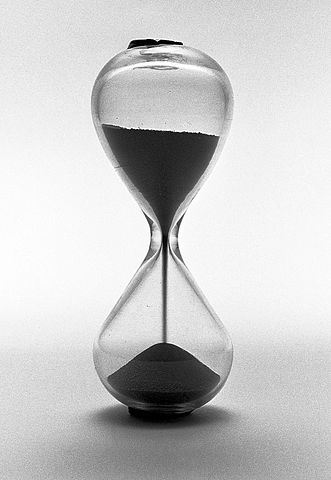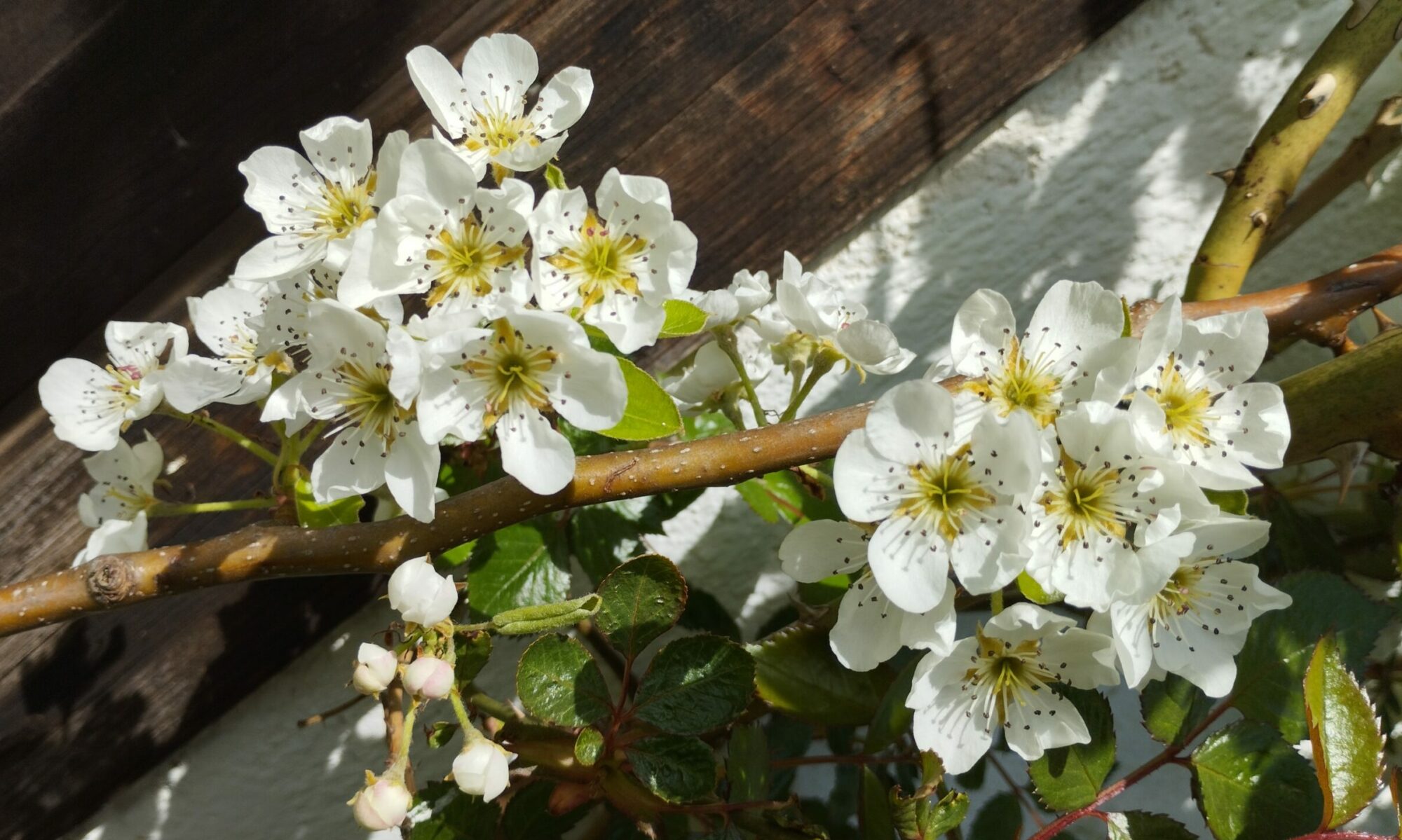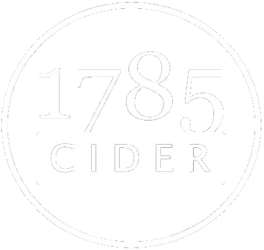
Time Travelling in the Cider House
There is no time machine in our cider house, but I wish there was. Coming from the world of software development I am accustomed to thinking in increments of 2 weeks: the duration of what the business calls a “sprint”. At the end of each sprint we would roll out some features, assess our backlog of work and make plans for the next couple of sprints. Major functionality was released every few months. Any planning beyond that was extremely tentative.
Things are very different in the world of cider. We look ahead, not just to the next harvest season, but to the coming years, decades and – occasionally – even centuries.
Fermentation
Artisanal cider is generally fermented “low and slow” – at low temperatures over a period of months. This preserves the fruitiness while creating additional layers of flavor through the activity of the yeast and contact with the lees. Given our high acid fruit, we often opt for a secondary malolactic fermentation. This requires temperatures of around 18°C, so it doesn’t even start until the following summer. Again, this process will take months to complete. Altogether, the initial bulk fermentation may require an entire year.
Maturation
Similar to wine made from grapes, cider generally requires some time to mature in order to achieve its full potential. There are many types of maturation, each with their own time scales. For example:
- barrel aging: depending on the type of cider and desired outcome, this may take anywhere from a few months to many years
- sur lies aging: cider that is crafted in the champagne style is aged on the lees, prior to disgorging. Typically this will take at least 12 months, though it may be significantly longer.
- aging in bottle: once bottled, the cider continues to mature. High tannin ciders and perries, in particular, benefit from 1 or even 2 years of maturation in the bottle.
Given all this, a simple cider takes about 1 year to produce; a champagne-style cider takes a minimum of 2 years; and a high-end product may easily be 3 years in the making.
Fortified Cider
When making a fortified wine such as apple mistelle – a blend of juice and apple brandy – we have to think about the production of the brandy itself. Apple brandy is distilled from cider or fermented apple mash, after which it is typically aged for 1 or more years. Before we can even start making a mistelle, we have put a lot of time into the production of the brandy. The mistelle itself is aged for at least 1 year, frequently many more.
Making apple mistelle will take at least 2 years from start to finish; but 3-5 years is a more typical duration.
Orcharding
Some of the apples that go into our cider we grow ourselves. Moving from the cider house to the orchard, time again slows waaay down. Sure, you may be lucky and own a mature orchard with just the right mix of cider apples. But more likely you will need to plant the desired varieties. Now we are talking about 10 years, from grafting an apple variety onto a standard rootstock, to harvesting any siginificant amount of fruit.
In the case of perry pears, 15-20 years is a more realistic timeframe. Eric Bordelet – producer of some of France’s finest perries – maintains that perry pear trees attain peak fruit quality after 75 years. In spite of this, he is planting perry pear trees today, so that future generations may enjoy a similar quality of fruit as he is now harvesting from trees planted 150 years ago.
Deep Time
Some producers think even further ahead. Burrow Hill Cider Company is planting oak trees so that one day, 130 years hence, they may make oak barrels from estate-grown wood, in which to age their cider. Certainly this is an extreme example. But, as cider makers, we are keenly aware of the tradition to which we are the heirs; the venerable age of orchards and trees; and the time commitment required to craft a product of the highest quality.
At times this is daunting: We only get one chance each year to make something noteworthy and to refine our craft. That gives me, fingers crossed, only another 15 or 20 tries – not a whole lot. So every day we strive to make the best choices, working with the material and tools at hand, to create something worthy. Paradoxically, as cider makers we live very much in the moment. Maybe I don’t need a time machine after all.

